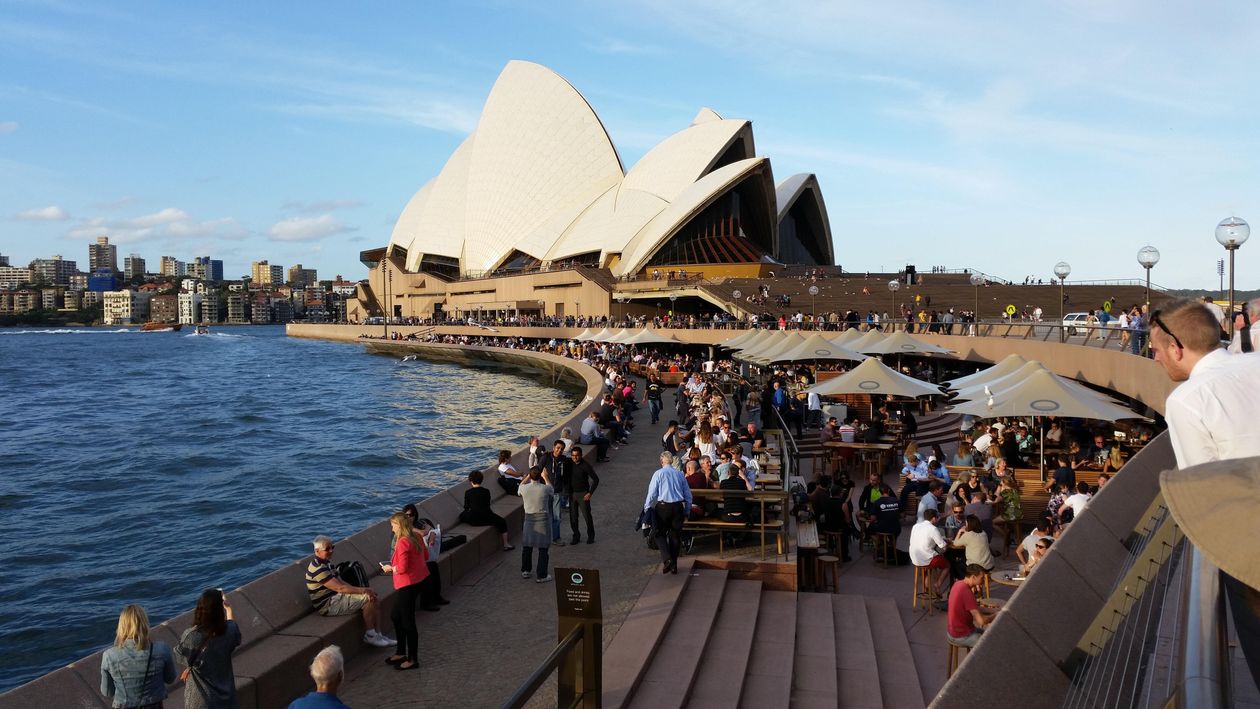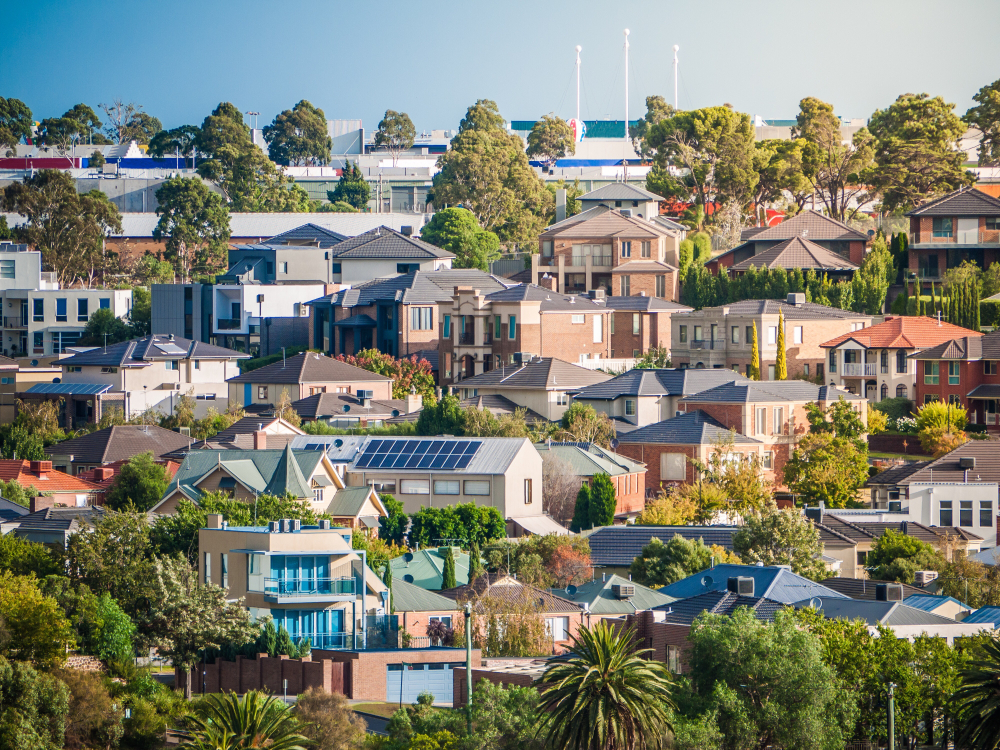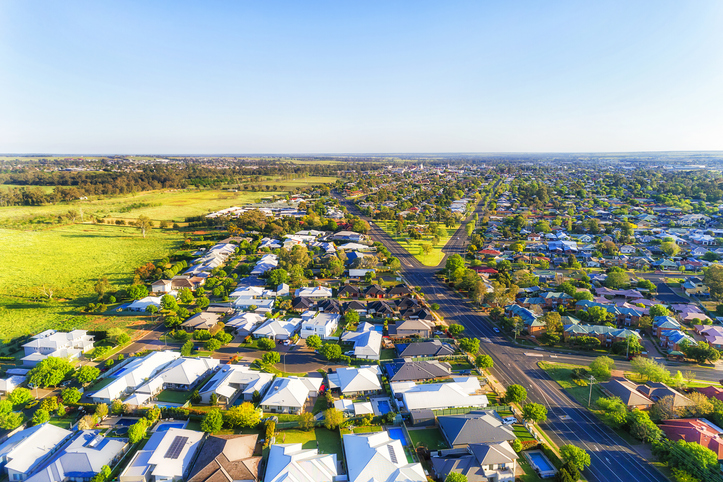Sydney Leads Prime Housing Price Growth Forecast
The city is expected to see prices rise 10% this year, according to Knight Frank research.
The average price of a luxury property in Sydney, Australia, is set to rise 10% this year, the biggest jump of any city included in Knight Frank’s prime residential price forecast, released Wednesday in the U.K.
Next year, Sydney is on track to share the top spot with London. Average prices in both cities are expected to jump 7% in 2022, according to Knight Frank. Although that’s a dip for Sydney prices, it marks a 5% increase for London, where 2021 prices are set to rise just 2%—the smallest uptick on the index.
Across the 11 cities considered, average prime prices are set to jump 4% in 2021, according to Knight Frank. That’s up from a 1% increase predicted by Knight Frank early in the Covid-19 pandemic in May 2020, and a 3% rise in December 2020.
Government measures have helped protect economies, and cities are now on the rebound, according to Kate Everett-Allen, head of international residential research at Knight Frank.
“Government fiscal stimulus measures have been revised upward, protecting jobs and incomes via furlough schemes, meaning there have been few forced property sales,” she said in the report. “Banks in key developed markets offered mortgage holidays to customers reducing repossessions and foreclosures.”
In addition, the pandemic has inspired many buyers to relocate or expand their holdings.
“Households accrued a total of over US$5 trillion globally in savings during lockdown, enabling some homeowners to undertake home improvements,” Ms. Everett-Allen continued. “Others have opted to relocate, upsize, downsize or buy a second home/investment property.”
This year, Miami is predicted to have the second-highest growth in average prices, 6%, with a 4% bump in 2022, the data showed. Los Angeles and Hong Kong followed, both with 5% increases predicted for 2021 and 2022.
New York should see prices rise by 4% this year, which would be the first positive price growth since 2018 and its strongest performance since 2015, according to Knight Frank. In 2022, they are set to rise 3%.
And although average prices in Madrid are predicted to tick up 3% in 2021, they could rise 6% in 2022, the brokerage forecasted.
Potential headwinds that could stymie the market include slow vaccine rollouts and the unknown path of the Delta variant of the Covid-19 virus, rising interest rates and government cooling measures, according to the report.
Reprinted by permission of Mansion Global. Copyright 2021 Dow Jones & Company. Inc. All Rights Reserved Worldwide. Original date of publication: July 20, 2021.
 Copyright 2020, Dow Jones & Company, Inc. All Rights Reserved Worldwide. LEARN MORE
Copyright 2020, Dow Jones & Company, Inc. All Rights Reserved Worldwide. LEARN MORE
This stylish family home combines a classic palette and finishes with a flexible floorplan
Just 55 minutes from Sydney, make this your creative getaway located in the majestic Hawkesbury region.
This may be contributing to continually rising weekly rents
There has been a substantial increase in the number of Australians earning high incomes who are renting their homes instead of owning them, and this may be another element contributing to higher market demand and continually rising rents, according to new research.
The portion of households with an annual income of $140,000 per year (in 2021 dollars), went from 8 percent of the private rental market in 1996 to 24 percent in 2021, according to research by the Australian Housing and Urban Research Institute (AHURI). The AHURI study highlights that longer-term declines in the rate of home ownership in Australia are likely the cause of this trend.
The biggest challenge this creates is the flow-on effect on lower-income households because they may face stronger competition for a limited supply of rental stock, and they also have less capacity to cope with rising rents that look likely to keep going up due to the entrenched undersupply.
The 2024 ANZ CoreLogic Housing Affordability Report notes that weekly rents have been rising strongly since the pandemic and are currently re-accelerating. “Nationally, annual rent growth has lifted from a recent low of 8.1 percent year-on-year in October 2023, to 8.6 percent year-on-year in March 2024,” according to the report. “The re-acceleration was particularly evident in house rents, where annual growth bottomed out at 6.8 percent in the year to September, and rose to 8.4 percent in the year to March 2024.”
Rents are also rising in markets that have experienced recent declines. “In Hobart, rent values saw a downturn of -6 percent between March and October 2023. Since bottoming out in October, rents have now moved 5 percent higher to the end of March, and are just 1 percent off the record highs in March 2023. The Canberra rental market was the only other capital city to see a decline in rents in recent years, where rent values fell -3.8 percent between June 2022 and September 2023. Since then, Canberra rents have risen 3.5 percent, and are 1 percent from the record high.”
The Productivity Commission’s review of the National Housing and Homelessness Agreement points out that high-income earners also have more capacity to relocate to cheaper markets when rents rise, which creates more competition for lower-income households competing for homes in those same areas.
ANZ CoreLogic notes that rents in lower-cost markets have risen the most in recent years, so much so that the portion of earnings that lower-income households have to dedicate to rent has reached a record high 54.3 percent. For middle-income households, it’s 32.2 percent and for high-income households, it’s just 22.9 percent. ‘Housing stress’ has long been defined as requiring more than 30 percent of income to put a roof over your head.
While some high-income households may aspire to own their own homes, rising property values have made that a difficult and long process given the years it takes to save a deposit. ANZ CoreLogic data shows it now takes a median 10.1 years in the capital cities and 9.9 years in regional areas to save a 20 percent deposit to buy a property.
It also takes 48.3 percent of income in the cities and 47.1 percent in the regions to cover mortgage repayments at today’s home loan interest rates, which is far greater than the portion of income required to service rents at a median 30.4 percent in cities and 33.3 percent in the regions.
Consumers are going to gravitate toward applications powered by the buzzy new technology, analyst Michael Wolf predicts
Just 55 minutes from Sydney, make this your creative getaway located in the majestic Hawkesbury region.























